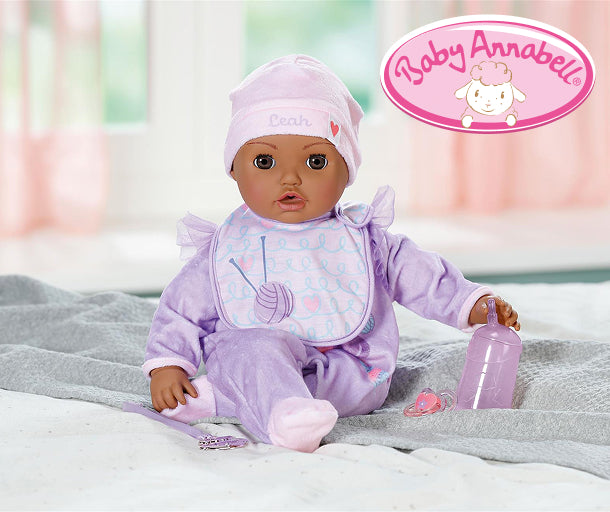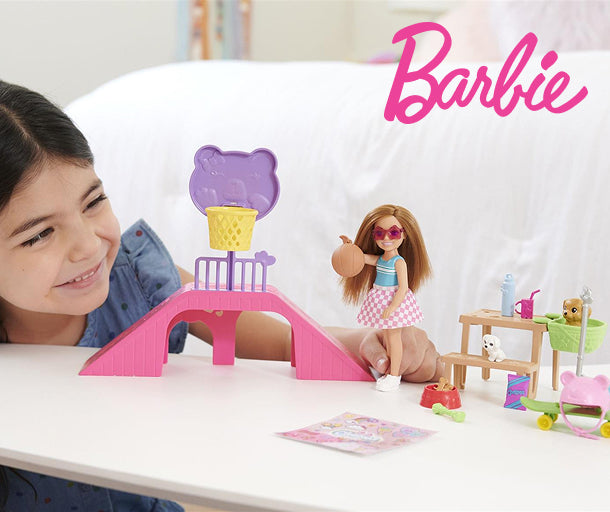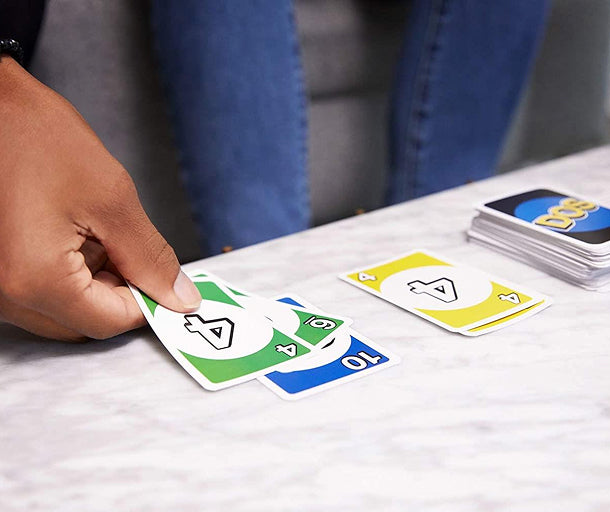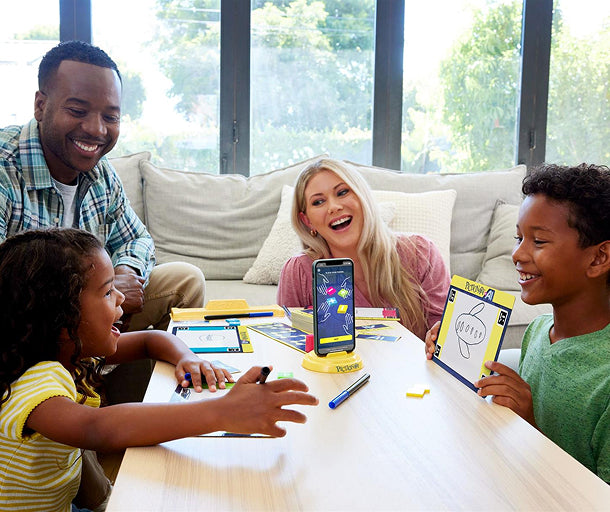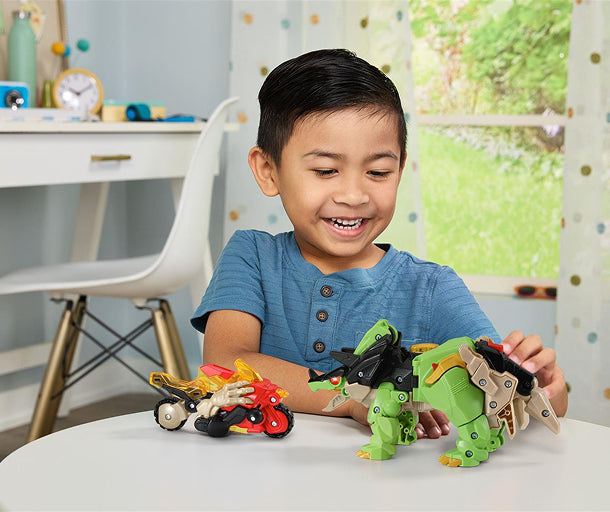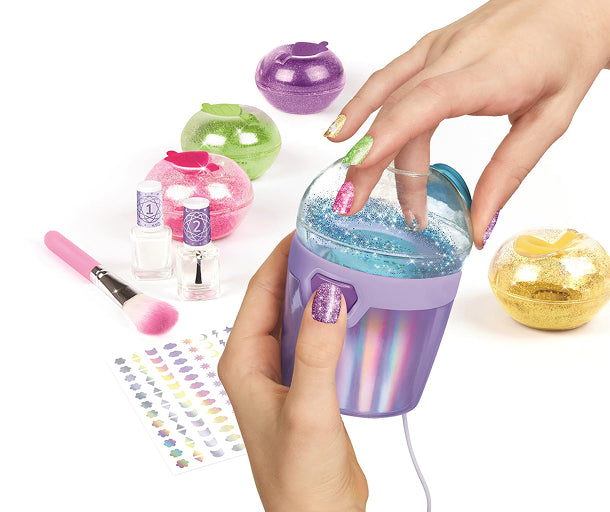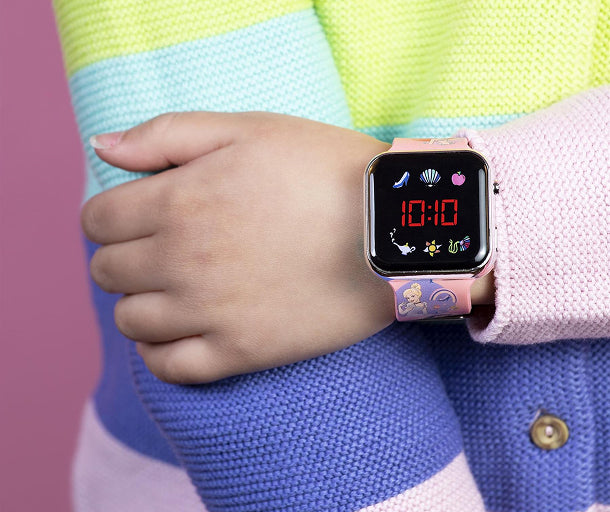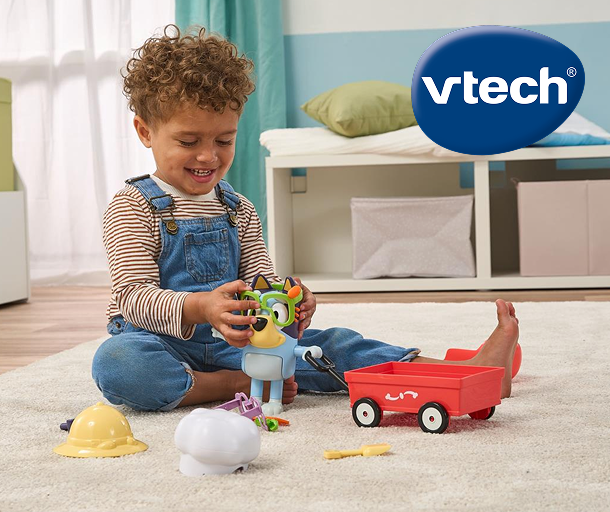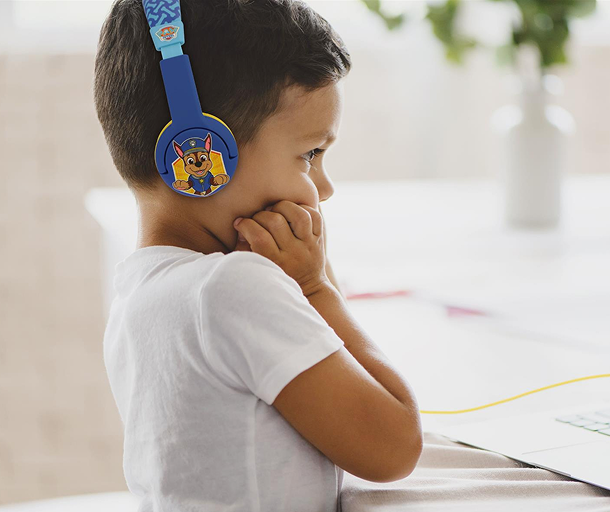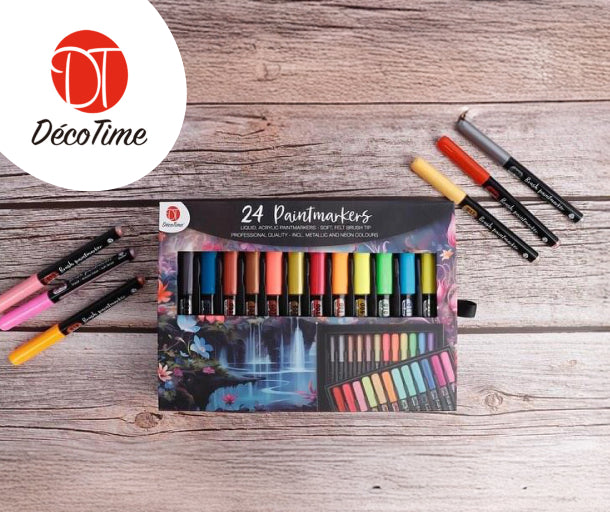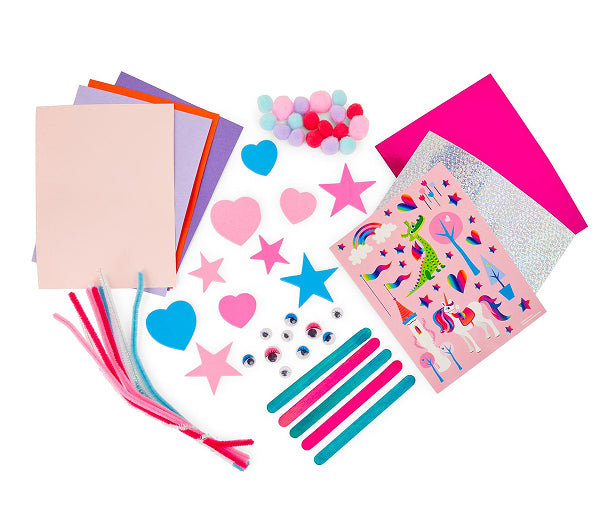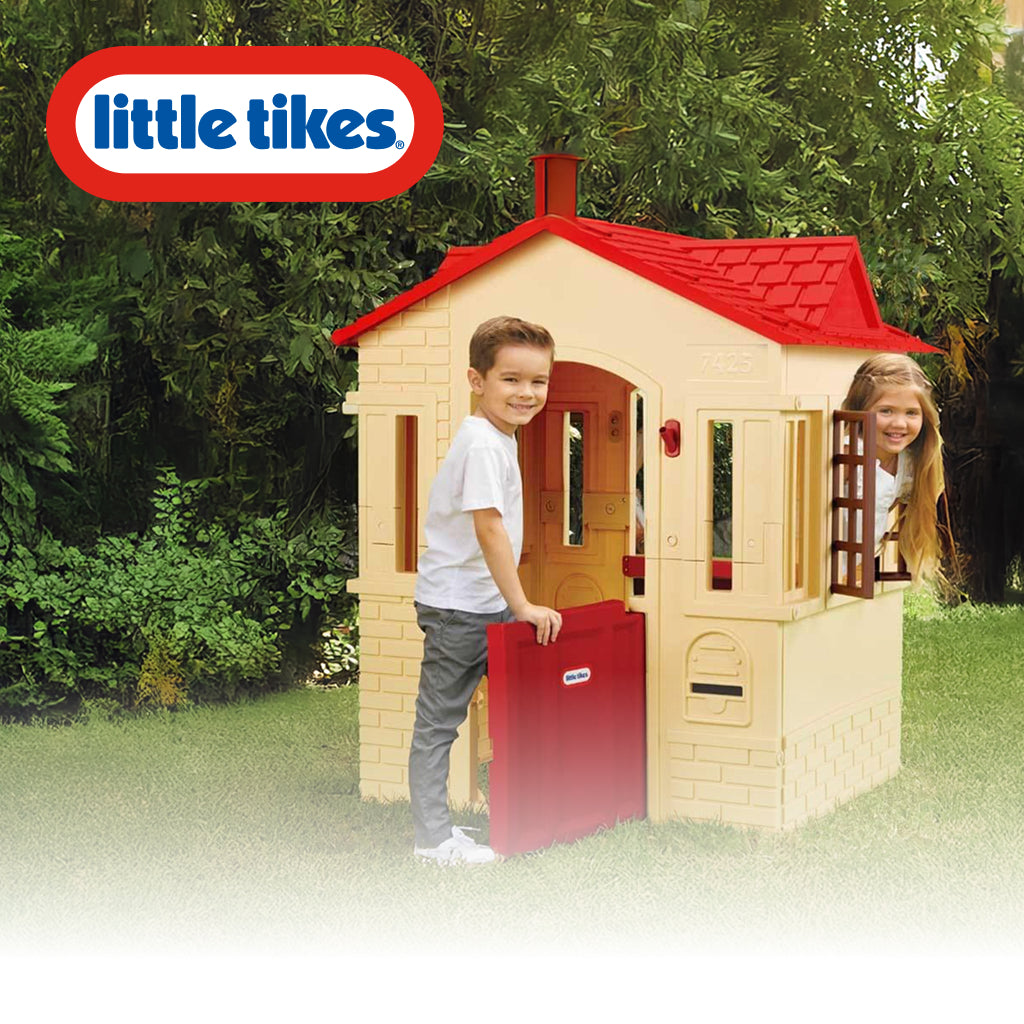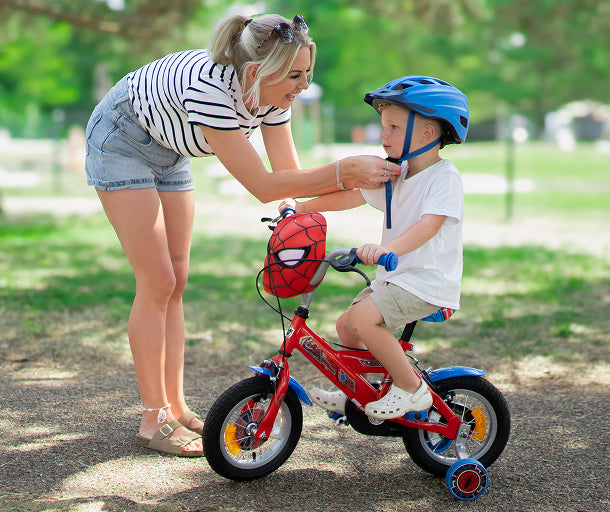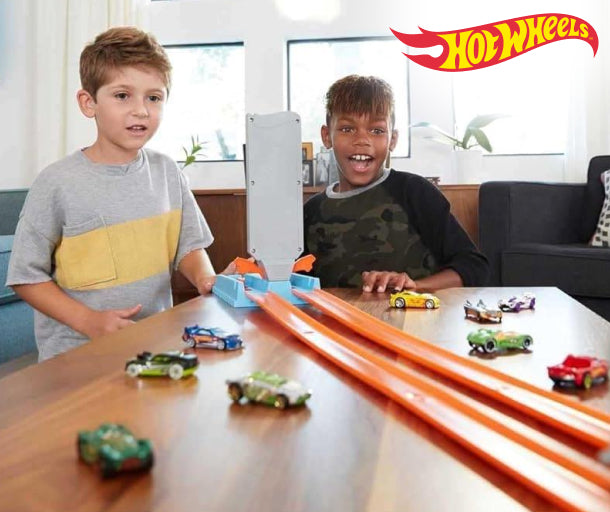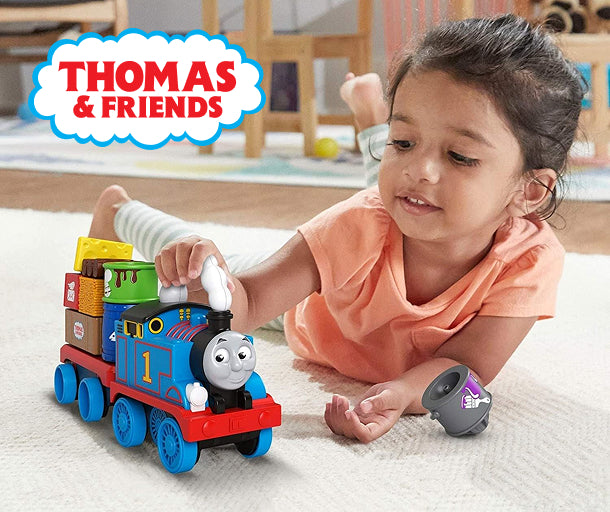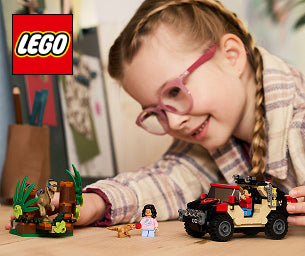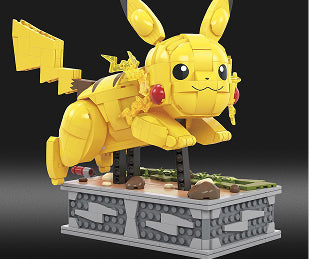Ramadan activities to celebrate the holy month
Ramadan is the ninth month of the Islamic calendar and is observed by many Muslims worldwide. The observance takes place on various dates every year as the Islamic calendar is based on the cycles of the moon. It begins when the new moon first appears in the sky and a full moon marks the half-way part of the observance. When the moon wanes to the other side, Ramadan officially ends and the beginning of Eid ul-Fitr is celebrated.
Ramadan 2024 has officially begun on the 10th of March and is expected to end on the 10th of April. The observance remembers the month of the Qur’an (the Muslim holy book) when it was first revealed by the Prophet Muhammad (PBUH).
During the month of Ramadan, Muslims fast which means they won’t eat or drink during the daylight hours. Once daylight sets, they will break fast with a communal meal called Iftar with family and friends. A Muslim won’t fast until they have hit puberty, around the age of 14 years old.
This worldwide observance is now recognised by everyone, with children learning about it in schools, as a way for all cultures to come together and understand different religions and cultures. However, it may be unclear what Ramadan is to you and your child so, to help you understand the observance more, we have created some fun Ramadan activities you can do with your child. These activities are great for you both to learn and understand what Ramadan is and why it is observed. It also reinforces what your child learns in school and gives a wonderful opportunity for you to bond together. Plus, it’s an exciting and super-fun way to involve yourselves into another culture and understand a different religion!


Get stuck into some arts & crafts
There are lots of different Ramadan activities, that are arts & crafts based, you and your child can do together to celebrate and learn about the observance. Try our arts & crafts suggestions out and create a fun learning experience and spend quality time with your child.
Make Ramadan lanterns
Create unique and funky Ramadan lanterns together that are super easy and fun to make. All you need is some coloured card and some string! If you want to jazz up the lanterns you can use felt tips to decorate them further.
Ramadan lanterns are very traditional and they symbolise the light and guidance that comes during the spiritual month. They are known as fanoos and are a symbol of joy and anticipation. Many Muslim children will walk the streets with their own fanoos and sing songs while feeling the excitement for the upcoming festivities. Many people worldwide design their very own, unique lanterns to decorate their homes with now too. So, why not join in and create lanterns together to display and brighten up your home?
All you have to do is draw an outline of lantern shapes on two pieces of card, however you like, and cut them out. Then fold the cards down the middle and glue them both together. To finish, cut a hole at the top and thread some string through the hole to hang your lantern.
Create Ramadan cards
Encourage your child to make their own Ramadan cards that they can give to their friends! They can design these cards however they like. They could draw Islamic art onto the front of the cards such as a mosque or lantern. Or, your child can get extra creative and create a pop-out 3D design to share with their loved ones! Once done, your child can write a heartfelt message for their friends and share their love at this time of giving and uniting.
However your child designs their cards, they can show loved ones just how much they are loved and that they are thought of. They are perfect for your child to express their creativity and love and creates a meaningful gesture that goes beyond cultural boundaries and brings everyone closer.
Paint Islamic art
Have some messy painting fun and unleash your child’s creativity with fun and engaging Islamic art. Let your child learn more about the Muslim religion and Islam culture through expressing their creative flair. Source some key buildings, traditions and delve into the culture together to help your child understand what is involved in Islamic culture. This can then help them to decide what to paint!
They could paint the Masjid or a mosque which are key holy places for Muslims. Or, they could paint the moon changes that the Islamic calendar follows. They could even paint the sunset and a family breaking fast as night falls. However they choose to express their knowledge, painting Islamic art helps to reinforce the importance of Ramadan and allows your child to further understand the observance and culture.
Design Henna tattoos
Henna is used in a variety of ways within the Muslim religion and is mainly used on the skin as tattoos. They create intricate patterns on the skin and decorate their palms and soles of their feet with henna for special occasions. This is the case when Eid al-Fitr begins after Ramadan has ended as a way to celebrate the end of the holy month.
Let your child have a go at designing their very own henna tattoos with colouring pencils and paper. You can research inspiration together to show your child how henna is painted on the body. They can then unleash their creativity and imagination with their own take on the traditional way of celebrating. Once done, you can display their designs in your home or even try painting them with henna on your child if you can!


Explore what you are grateful for
Ramadan is also a time for reflection and to explore what you are grateful for. Many Muslims take the observance as a chance to reflect on their lives and what they are grateful for. It is a vital part of the observance and a great opportunity for you and your child to also take the time to reflect.
Ask your child what they are grateful for in their lives and write it down on funky paper. You could ask this question once a day throughout the month and challenge your child to think of new things they are grateful for. You could display these thoughts on your wall making a lovely display. You could even cut them into various Islamic shapes such as lanterns and dates! Make sure to add what you are grateful for too.
Doing this allows your child to understand what they have in life and look positively at their lives. They can really appreciate what they have and their family, as well as feel closer to you and your family and other cultures!
Read educational books
One of the best Ramdan activities for kids is reading educational books. Taking the time to read fun and engaging educational books allows your child to deepen their knowledge about the observance. They also let your child feel connected and understand the Islamic culture and Muslim religion. They are a great way for children to learn more about Ramadan and understand the importance of it in a simple and engaging way.
There are many various educational books you can get for your child to explore Ramadan with, depending on their age. Whether you are a Muslim family or non-Muslim, children’s educational books allow little ones to fully understand the observance and connect with it through bright artwork and fun characters.
It’s Ramadan, Curious George by H.A. Rey and Hena Khan
This story book introduces little ones to the customs and traditions of the holy month. It explores fasting, prayer and giving to others in need. Curious George takes young readers on a journey through his friend Kareem who teaches him everything about the observance. It is a great book for non-Muslim children to learn more about the religion and the observance. It can also be used to help Muslim children understand Ramadan and what their family are doing and why, so when they are older, they can understand and carry out the observance correctly. Ideal for readers aged 3-7 years old.
First Festivals: Ramadan by Ladybird Books
An engaging and first book for young children to learn the concept of Ramadan and the basic practices that Muslims follow within the month. The book has liftable flaps to uncover which helps tots learn about praying, fasting and family traditions. It is easily digestible with simple text and eye-catching illustrations. Ideal for little ones aged 2-5 years old.
Aisha’s Ramadan adventure by A. Marikar
Follow Aisha in this delightful story and learn from her! Aisha shares the joy of Ramadan with her friends and little readers. She helps them understand what the celebration of Ramadan is all about. She is a strong main character that children can easily adore and learn from! Suitable for children aged 4-10 years old.
The night before Ramadan by Fatima Lhabaz
A tale that begins the night before Ramadan when Grandpa and Grandma are coming to stay. Follow Omar and Layla as they learn about the holy month. The twins are eager to learn more about the observance and get involved in any way possible. This story aims to introduce children to Ramadan and what is fasting and why Muslims fast. Great for Muslim children to further understand their religion and for non-Muslim children to learn and understand other cultures and religions. Suitable for children aged 5-9 years old.


Journal or make a scrapbook
Ramadan activities should reflect the core values of the observance as well as what it is all about and what Muslims do during the month. A great way to do this is through journaling or scrapbooking. One of the core values of Ramadan is giving to others in need or receiving from others and loved ones. It is a time to unite with friends, family and close ones to celebrate and observe together and be kind.
Encourage children to creatively write down acts of kindness they have done or are planning to do during the month. They could journal this or create a scrapbook with positive kind acts that they have done and ones to do to encourage them to carry the acts out. They can make two different pages full of acts of kindness they have done and acts of kindness they want to do. They can even create a page of kindness they have received from others and log the positive things they have received! Your child can look back on this and try to incorporate acts of kindness as much as possible after Ramadan too!
Make something with dates
Dates are often eaten to break Muslims fasts after a long day of fasting. This is because dates are packed full of nutrients and are easy to digest so are a gentle way to give the body nutrients. They also provide the body with sugar which is needed after fasting. Dates are also important for Ramadan as the Prophet Muhammad once said “When one of you is fasting, he should break his fast with dates.”
Due to dates being a huge part of the observance and a nutritious, gentle way of breaking a long day of fasting, why not encourage your child to make something with dates? This could be a form of art and craft, or even a delicious treat that you can eat at the same time as the many people who are fasting!
There are many delicious things to make with dates that you and your child can make together. Ensure to enjoy this treat following the timings of breaking the fast that Muslims follow. This could be before sunrise, which is known as Sahur that is enjoyed half an hour before the sun rises. Or it could be when the sun sets, known as Iftar.
Date salted caramels
Easy and quick to make, date salted caramels are a yummy treat for you and your child to indulge in. All you have to do is blend dates and coconut oil together and cook in a pan. Once it has firmed up, put the mixture in the freezer. Once hard, cut into bite sized squares and enjoy once the sun goes down!
Tart with a date crust
Bake a simple tart but using dates in the crust! Use a tart recipe that you and your child both love, this could be a sweet tart, like strawberry or peach, or a savoury tart, like a cheese and onion or spinach and ricotta. Whatever you decide to bake, blend in dates with the crust ingredients to enjoy a different tart that is scrumptious and nutritious! Make and bake the tart together as a perfect bonding opportunity and learn about Ramadan along the way.
Date smoothie
Enjoy an evening treat with your favourite smoothie. Dates can surprisingly go with many other ingredients such as chocolate and other fruits. Why not blend up your favourite smoothie and add dates to it? Get your child to help you out with creating a tasty, healthy and nutritious smoothie and enjoy your unique creation together once the sun has set.
You could have extra fun with this by trying out different flavours of smoothie and seeing what works best with dates. This could be turned into a fun game where you can whip up different flavours and blindfold your child to taste test them. You and your child could take turns in creating a unique recipe and the person not making the smoothie, can be blindfolded to taste the creation. The blindfolded person has to guess what else is in the smoothie with the dates, whoever guesses the most correct wins!


Track the moon
As Ramadan is all based on the timings of the moon, why not track the moon via an app or build your own creative moon tracker? The observance begins with a new moon, with a full moon in the middle and a waning moon at the end. During the holy month, track the moon with your child and explain the various timings of the observance while doing so. This can be done on the internet and via multiple apps that kids can visually see and understand moon patterns and their correlation with Ramadan.
You could also get your child’s creative juices flowing by creating your own moon tracker. This could be as simple as drawing out the different moons and tracking them on each day of the month, to visually see the moon’s phases. Doing this allows your child to understand the pattern of the moon and develop their pattern recognition skills. It can also help them to further understand how Ramadan works and feel connected with other cultures and religions!
Track the moon
As Ramadan is all based on the timings of the moon, why not track the moon via an app or build your own creative moon tracker? The observance begins with a new moon, with a full moon in the middle and a waning moon at the end. During the holy month, track the moon with your child and explain the various timings of the observance while doing so. This can be done on the internet and via multiple apps that kids can visually see and understand moon patterns and their correlation with Ramadan.
You could also get your child’s creative juices flowing by creating your own moon tracker. This could be as simple as drawing out the different moons and tracking them on each day of the month, to visually see the moon’s phases. Doing this allows your child to understand the pattern of the moon and develop their pattern recognition skills. It can also help them to further understand how Ramadan works and feel connected with other cultures and religions!
Use our fun and engaging Ramadan activities to celebrate the observance and educate yourself, and your child, on vital traditions that are followed and what is involved in Ramadan, as well as why it is an observance. Try these fun Ramadan activities for kids with your child whether you are a Muslim family or non-Muslim family! Everyone can get involved to understand, connect with and unite other cultures and religions.


